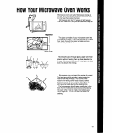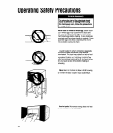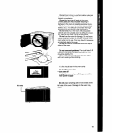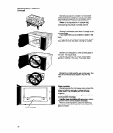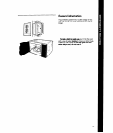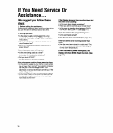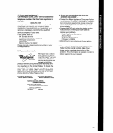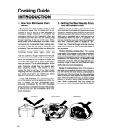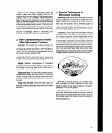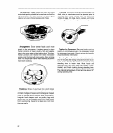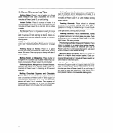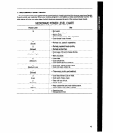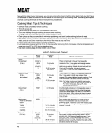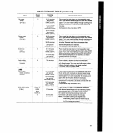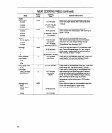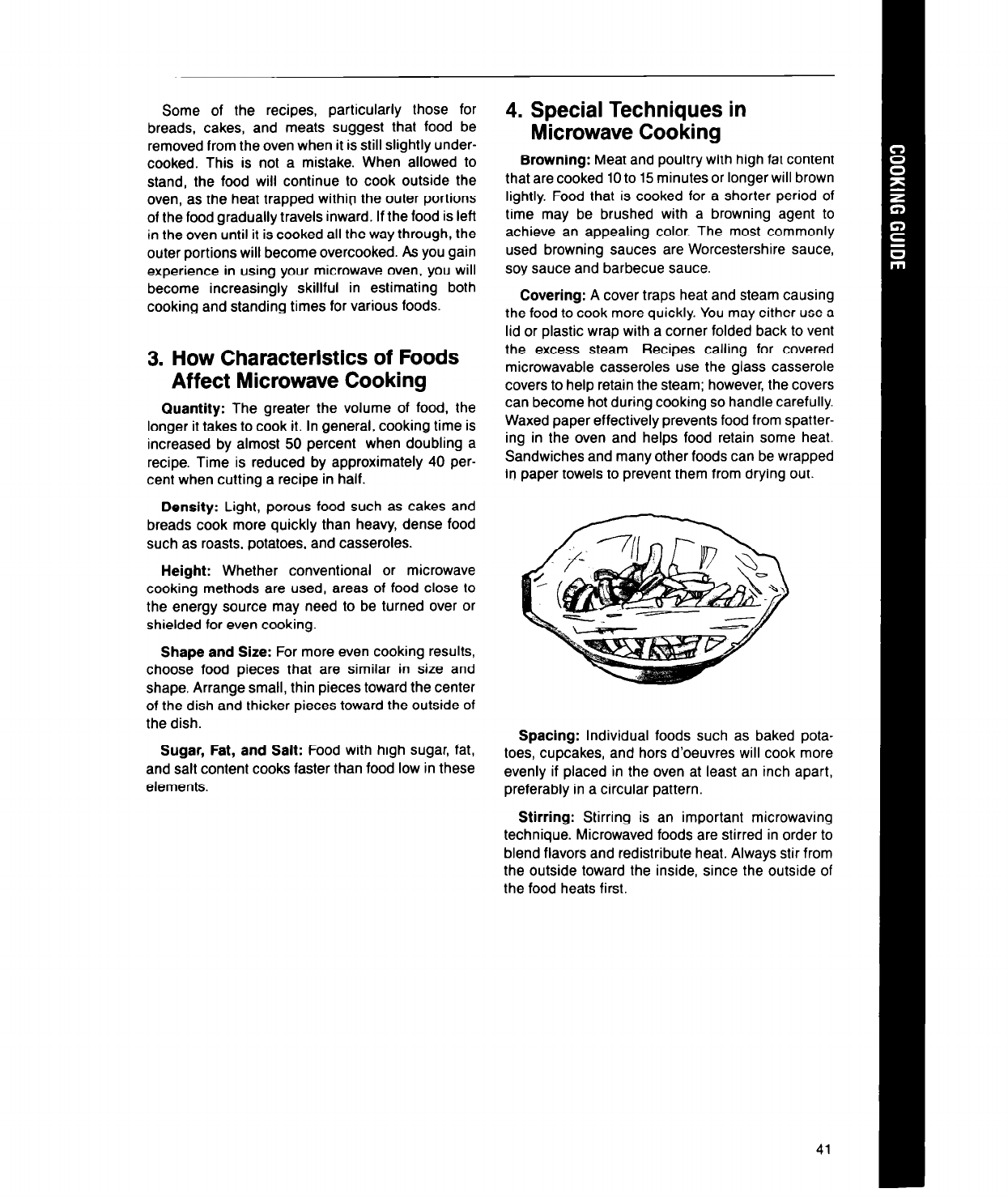
Some of the recipes, particularly those for
breads, cakes, and meats suggest that food be
removed from the oven when it is still slightly under-
cooked. This is not a mistake. When allowed to
stand, the food will continue to cook outside the
oven, as the heat trapped within the outer portions
of the food gradually travels inward. If the food is left
in the oven until it is cooked all the way through, the
outer portions will become overcooked. As you gain
experience in using your microwave oven, you will
become increasingly skillful in estimating both
cooking and standing times for various foods.
3. How Characteristics of Foods
Affect Microwave Cooking
Quantity: The greater the volume of food, the
longer it takes to cook it. In general, cooking time is
increased by almost 50 percent when doubling a
recipe. Time is reduced by approximately 40 per-
cent when cutting a recipe in half.
Density: Light, porous food such as cakes and
breads cook more quickly than heavy, dense food
such as roasts, potatoes, and casseroles.
Height: Whether conventional or microwave
cooking methods are used, areas of food close to
the energy source may need to be turned over or
shielded for even cooking.
Shape and Size: For more even cooking results,
choose food pieces that are similar in size and
shape. Arrange small, thin pieces toward the center
of the dish and thicker pieces toward the outside of
the dish.
Sugar, Fat, and Salt: Food with high sugar, fat,
and salt content cooks faster than food low in these
elements.
4. Special Techniques in
Microwave Cooking
Browning: Meat and poultry with high fat content
that are cooked 10 to 15 minutes or longer will brown
lightly. Food that is cooked for a shorter period of
time may be brushed with a browning agent to
achieve an appealing color. The most commonly
used browning sauces are Worcestershire sauce,
soy sauce and barbecue sauce.
Covering: A cover traps heat and steam causing
the food to cook more quickly. You may either use a
lid or plastic wrap with a corner folded back to vent
the excess steam. Recipes calling for covered
microwavable casseroles use the glass casserole
covers to help retain the steam; however, the covers
can become hot during cooking so handle carefully.
Waxed paper effectively prevents food from spatter-
ing in the oven and helps food retain some heat.
Sandwiches and many other foods can be wrapped
in paper towels to prevent them from drying out.
Spacing: Individual foods such as baked pota-
toes, cupcakes, and hors d’oeuvres will cook more
evenly if placed in the oven at least an inch apart,
preferably in a circular pattern.
Stirring: Stirring is an important microwaving
technique. Microwaved foods are stirred in order to
blend flavors and redistribute heat. Always stir from
the outside toward the inside, since the outside of
the food heats first.
41



